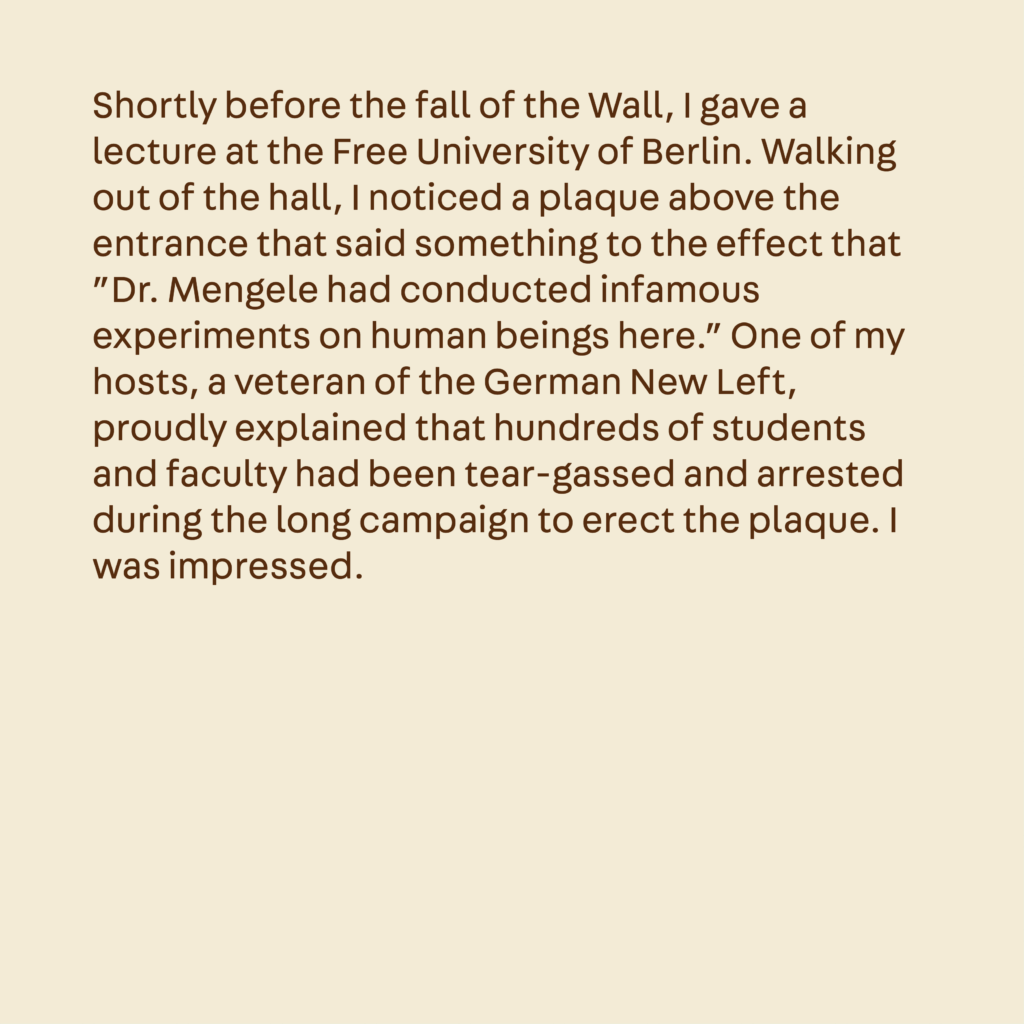PAST DUE: Report and Recommendations of the Los Angeles Mayor's Office Civic Memory Working Group
This website is published by the Huntington-USC Institute on California and the West, 2021.
This website is made possible with assistance from the J. Paul Getty Trust.
Design by Polymode: Randa Hadi, Brian Johnson, Silas Munro and Happening Studio.
Maps: Scott Reinhard
All rights reserved. No part of this website may be reproduced, stored in a retrieval system, or transmitted in any form or by any means, electronic, mechanical, photocopying, recording, or otherwise, without prior consent of the publishers. The views and opinions expressed in the content of this book are those of the contributors and do not necessarily reflect the official policy or position of The Institute on California and the West or the City of Los Angeles.
This website is typeset in three typefaces by two generations of Angeleno type designers. Headlines are set in Maria of Los Angeles (MOLA) by Roberto Rodriguez. Rodriquez took inspiration for MOLA from the ubiquitous murals of our Lady of Guadalupe in Los Angeles. Rodriguez began photographing sun-faded and graffiti-tagged murals across various neighborhoods, including Boyle Heights, Wellington Heights, and East Los Angeles.
His research led him to lettering on the 1811 battle flag of Mexican Revolutionary Miguel Hidalgo Bandera whose inscriptional lettering references Catholic missions and Barrio walls in palimpsests of tagging. MOLA pays homage to murals that are honorable pieces with a cultural connection from the past to the present day LA.
Cahuenga and Fabriga, both designed by Greg Lindy of LuxTypo, are used for body and navigational type. As Rodrigeuz's mentor and teacher, Lindy is also interested in expressing LA's history through typography. Lindy chose Cahuenga, which carries an Indigenous name, as “emblematic of many who make their way via car through the Hollywood area of Los Angeles. As in many parts, the driving route is convoluted to get from point A to point B. However, it seems more often than not that when in the Hollywood area, one usually ends up on Cahuenga Boulevard at some point.”
The type system is completed by Lindy's typeface Fabriga—a structured and warm typeface that uses a visual ensemble metaphor. According to Lindy, ”Fabriga sets out to take a supportive role as a font family, understanding that one of its great strengths is through its diversity in application and composition.” The integrated trio of typefaces speaks in a call and response to the layers of the historical and contemporary in Los Angeles.





